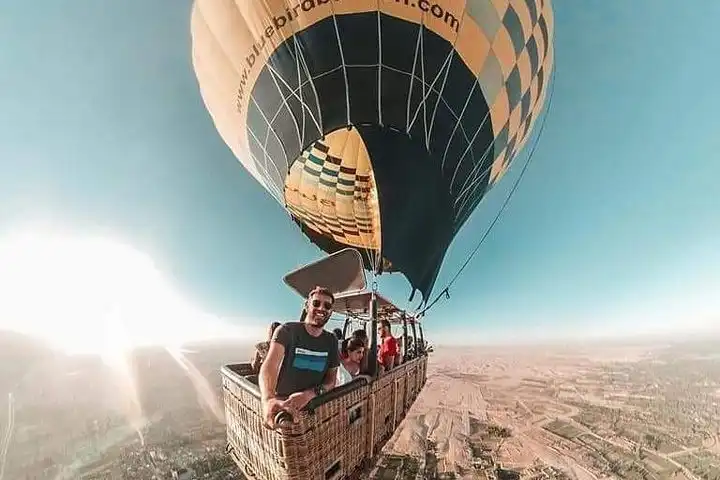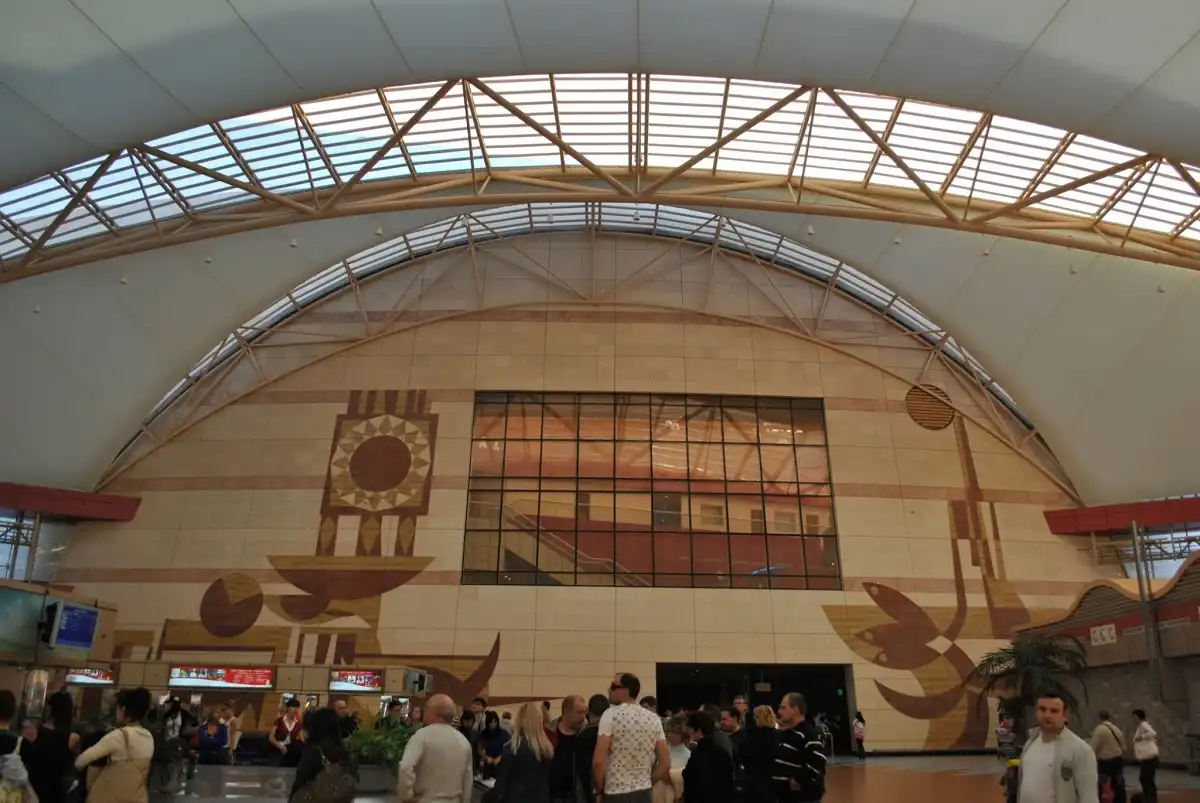
The Grand Egyptian Museum
[ez-toc]
The Grand Egyptian Museum (GEM), often known as the Giza Museum, is a future museum that will house relics from ancient Egypt, preserving them for future generations. The Tutankhamun collection will be on display in its entirety in this museum, which is now under construction and is expected to be partially open between 2022 and 2023. This museum has been dubbed the largest archaeological museum in the world and can accommodate 5 million visitors annually. The museum’s $795 million price tag is primarily covered by two loans from the Japanese government, totaling $300 million.
The Grand Egyptian Museum Overview
The building’s design was chosen in an architectural competition, much like the great library of Alexandria. The competition, which got 1557 entries from 82 nations and was revealed on January 7 by the organizers, is the second-largest architectural competition in history. Only 20 entries made it to the second round of the competition, where they were required to provide more background information on their designs. By 2 June 2003, the judging was finished. The business Heneghan Peng from Dublin, Ireland, won the competition and received $250,000 in addition to the opportunity to see their idea come to life by signing up for one of our Tego Tours.
The Grand Egyptian Museum Design
According to the blueprint, the structure is fashioned exactly like a chamfered triangle. In order to create a new “edge” to the plateau and a surface characterized by a veil of translucent stone that magically shifts from day to night, the museum’s design makes use of the level difference. The museum never rises over the entire plateau; it is located between the plateau and the levels of the Nile River. It is located 2 kilometers to the west of the pyramids, next to a motorway interchange. The Great Pyramid of Khufu and the Pyramid of Menkaure is exactly aligned with the north and south walls of the structure.
-The new museum is designed to include the latest advanced technology, such as virtual reality.
-The museum will also be an international center of communication between other museums, to promote direct contact with other local and international museums.
-The Grand Egyptian Museum will contain a children’s museum, conference center, training center, and workshops similar to the old Pharaonic places.
-One of the most important areas in the museum will be the restoration center which is a space of 32 thousand meters, 10 meters underground, and connected by a 300 m tunnel to the museum for transporting the artifacts after restoration.
-There are about 19 laboratories that will handle all types of preserving and restoring ancient Egyptian artifacts such as a vase, glass, and metal lab which of course handles all artifacts, vessels, or statues made from the non-organic substance.
-A wood lab that handles all the restoration of an artifact made out of wood like covens, statues, funerary objects, tools, ships, and sarcophagi.
-A stone lab which of course takes care of all the statues on display from the colossal to the smallest ones.
-Microbiological lab protects the artifacts by discovering the types of living creatures that could cause the destruction of the artifacts which the researchers eliminate by creating a chemical matter that will stop the progress of this life form from hurting the artifact.
-A microscope scanner lab that holds all the tools needed for preparing and examining the samples before sending them to the microbiological lab.
-A Human remains lab “Mummies Lab” is responsible for restoring all the mummies of all the kings, queens, workers, and even animals like cats & birds.
The Grand Egyptian Museum Area
The Grand Egyptian Museum is a component of a new master plan for the plateau and is situated on 50 hectares (120 acres) of land around two kilometers from the Giza pyramids. A wide plaza with many of date plants is in front of the building. One of the centerpieces of the museum is the front facade’s translucent stone wall, which is built entirely of alabaster. Large statues will be displayed in the museum’s atrium, which is located inside the main entrance. The Grand Egyptian Museum, which will be located on the 50h A site, will have a children’s museum, a larger conference center, education facilities, and enormous gardens in addition to 24,000m2 of permanent exhibition space, which is roughly the size of four football fields.
The Grand Egyptian Museum’s design and construction phase started on 2 February 2010, when Hill International announced that Egypt’s Ministry of Culture had signed a contract with a joint venture of Hill and EHAF Consulting Engineers to offer project management services.
The Progress of the Grand Egyptian Museum
Hosni Mubarak, the former president of Egypt, placed the Grand Egyptian Museum’s cornerstone on January 5, 2002. In preparation for the Grand Egyptian Museum’s development, the Statue of King Ramesses II was relocated from Ramses Square to Cairo’s Giza Plateau on August 25, 2006. In January 2018, the statue of Ramesses II, which is thought to be 3,200 years old, was relocated near the museum’s entrance.
A $300 million loan was obtained by GEM from the Japan Bank for International Cooperation in 2007. The remaining $150 million will be supported by contributions and international organizations, with $147 million coming from the Egyptian government.
The contract for phase three of the Grand Egyptian Museum (GEM), worth $810 million, was given to a joint venture between Egypt’s Orascom Construction Industries (OCI) and Belgium’s BESIX Group on January 11, 2012, increasing the museum’s total cost to $1.1 billion.
The source of the fire, which started on April 29, 2018, is still unknown, however, it did not harm any artifacts and occurred close to the GEM’s entrance.
The final of King Tutankhamun’s chariots were brought to GEM from abroad in May 2018.
According to Tarek Tawfik, the director of GEM, the estimate for a complete formal opening was given in November 2018 in 2022 or 2023.



